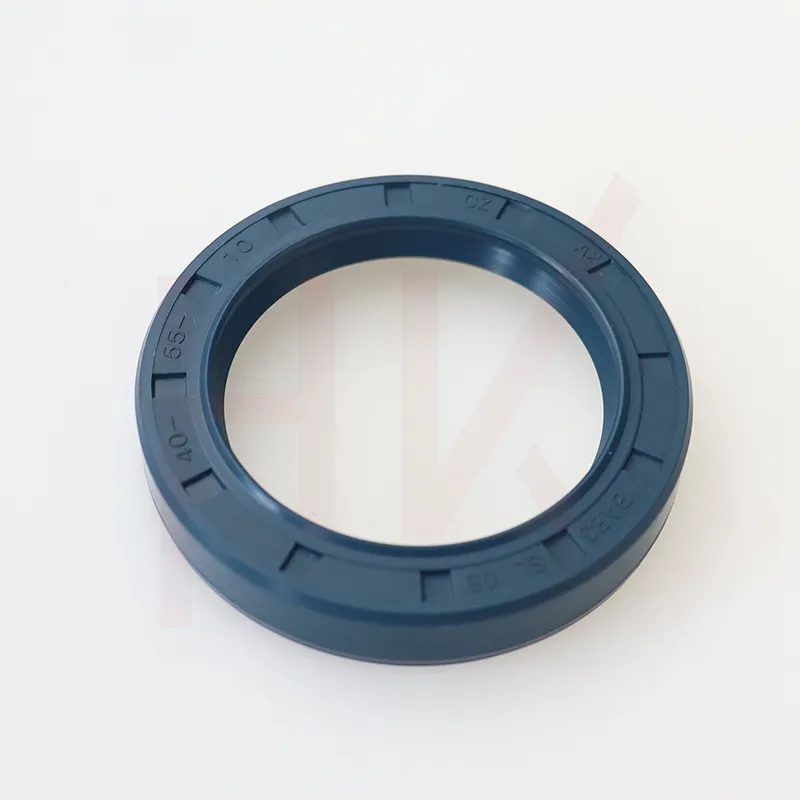Dùbh . 05, 2024 08:41 Back to list
Understanding Gearbox Seals and Their Importance in Vehicle Performance and Maintenance
Understanding Gearbox Seals Essential Components for Mechanical Efficiency
Gearbox seals play a critical role in the performance and longevity of machinery, particularly in automotive and industrial applications. These seals are designed to prevent the leakage of lubricants, dirt, or contaminants while ensuring the smooth operation of gears. In this article, we will explore the types of gearbox seals, their functions, maintenance importance, and the latest advancements in seal technology.
Types of Gearbox Seals
There are several types of gearbox seals, each serving specific functions depending on the design of the gearbox and the intended application.
1. Lip Seals One of the most common types, lip seals consist of a flexible lip that makes contact with a rotating shaft. This contact prevents oil leakage while allowing for a minimal amount of shaft movement. Lip seals are favored in situations where there is moderate pressure and moderate speed.
2. O-Rings O-rings are circular seals that fit into a groove and create a seal when compressed. They are widely used in both static and dynamic applications. In gearboxes, O-rings may seal flanges or cover plates, preventing leakage and contamination.
3. Cylindrical Seals Also known as radial seals, these are used to seal cylindrical applications, providing a tight seal under various operating conditions. They are especially useful in high-performance gearboxes where durability is critical.
4. Spherical Seals Found in specialized applications, spherical seals accommodate angular misalignment and shaft deflection. They are often used in heavy machinery where extreme conditions are present.
Functions of Gearbox Seals
The primary function of gearbox seals is, of course, to prevent leakage. However, their role extends beyond this simple function. Gearbox seals contribute to
gearbox seals

- Lubrication Retention Effective seals ensure that the lubricant remains within the gearbox, reducing friction and wear on the gears. - Contaminant Exclusion Seals prevent dirt, moisture, and other contaminants from entering the gearbox, which can cause damage and reduce efficiency. - Pressure Regulation In certain applications, seals help to maintain optimal pressure inside the gearbox, which is critical for performance. - Vibration Damping Seals can provide some level of dampening, minimizing vibrations that can lead to component wear and failure over time.
Importance of Maintenance
Maintaining gearbox seals is essential for achieving optimal performance and extending the lifespan of mechanical systems. Regular inspection for signs of wear, such as cracks, tears, or loss of elasticity, can prevent unexpected failures and costly repairs.
- Routine Checks Operators should routinely check for leaks around the seals and monitor lubricant levels. - Replacement When seals show signs of wear, they must be replaced promptly. Failing to do so can lead to gearbox failures, resulting in substantial operational downtime. - Lubrication Keeping the appropriate lubricant levels can prevent excessive pressure build-up, which could compromise the integrity of the seals.
Innovations in Seal Technology
Advancements in materials and design have significantly improved the performance and durability of gearbox seals. Manufacturers are now utilizing advanced polymers and composites that offer better resistance to temperature extremes and chemical exposure. Additionally, the integration of smart technology in seals allows for real-time monitoring of seal integrity and lubricant conditions.
Innovative sealing designs are also emerging, such as self-healing seals that can recover from minor damages. These advancements not only enhance efficiency but also reduce maintenance costs and extend the intervals between required service.
Conclusion
In summary, gearbox seals are integral components that ensure the efficient operation of machinery. By preventing leaks, excluding contaminants, and maintaining the necessary conditions for lubrication, these seals play a vital role in mechanical systems. Regular maintenance and the adoption of advanced seal technologies can lead to significant improvements in performance and durability. Understanding and prioritizing gearbox seal integrity is essential for anyone involved in the maintenance and operation of machinery.
-
TCN Oil Seal Metal Ring Reinforcement for Heavy Machinery
NewsJul.25,2025
-
Rotary Lip Seal Spring-Loaded Design for High-Speed Applications
NewsJul.25,2025
-
Hydraulic Cylinder Seals Polyurethane Material for High-Impact Jobs
NewsJul.25,2025
-
High Pressure Oil Seal Polyurethane Coating Wear Resistance
NewsJul.25,2025
-
Dust Proof Seal Double Lip Design for Construction Equipment
NewsJul.25,2025
-
Hub Seal Polyurethane Wear Resistance in Agricultural Vehicles
NewsJul.25,2025
-
The Trans-formative Journey of Wheel Hub Oil Seals
NewsJun.06,2025
Products categories
















